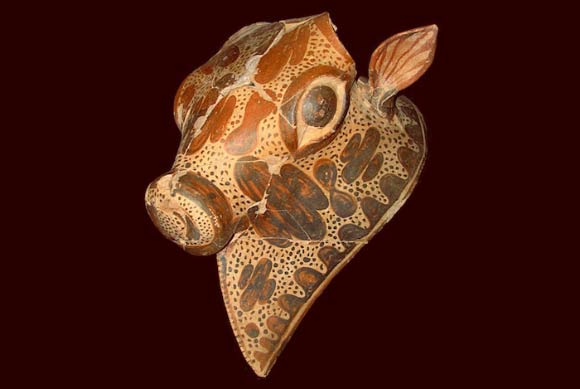Archaeologists working at the site of Agios Vasileios in the valley of Sparta, southern Peloponnese, have discovered the ruins of an ancient palace of the Mycenaean period and a number of artifacts, including Linear B clay tablets, swords, and other luxury items.
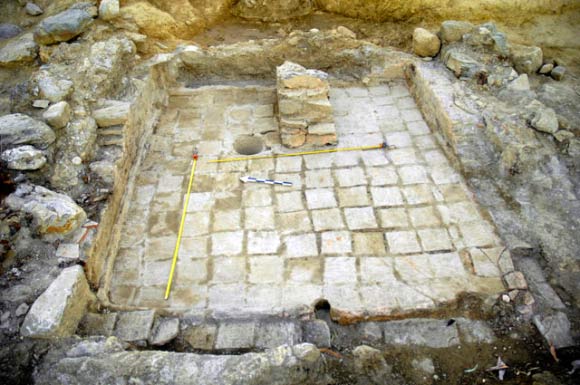
This image shows the remains of a Mycenaean palace at the archaeological site of Agios Vasileios in the valley of Sparta, Peloponnese. Image credit: Angelos Delivorias / Stavros Vlizos / Greek Ministry of Culture.
The palace had ten rooms and was likely built around 1,600 BC.
It was destroyed by a large fire between 1,500 and 1,300 BC, according to directors of the excavation, Prof Angelos Delivorias of Benaki Museum and the University of Athens, and Dr Stavros Vlizos of Ionian University.
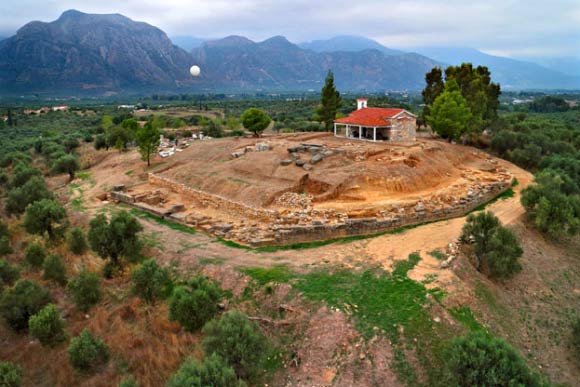
Excavations at Agios Vasileios. Image credit: Angelos Delivorias / Stavros Vlizos / Greek Ministry of Culture.
At the site, the archaeologists found clay figurines of cattle, an ivory figurine of a male, a cup adorned with a bull’s head, a seal showing a nautilus, fragments of murals, and twenty bronze swords.
They also unearthed several clay tablets written in Linear B, a pre-alphabetic Greek script.
The texts of the tablets refer to personal (e.g. Antiochos) and place names, textiles, substances for perfume manufacture, a large number of swords, and tripod vases.
Wall paintings include depictions of human figures as well as ornament.
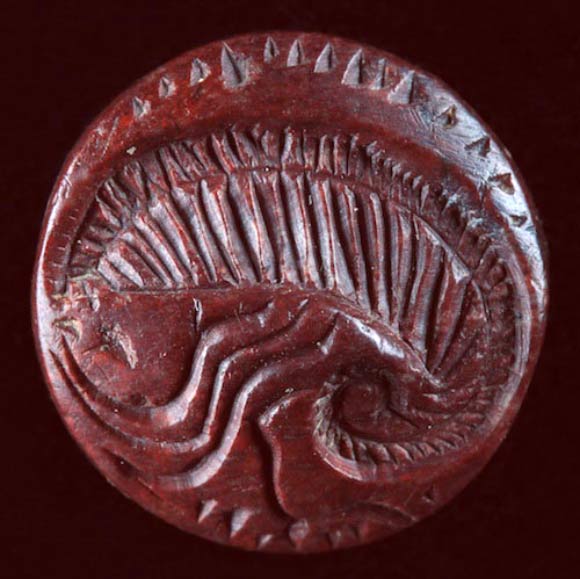
A seal depicting a nautilus. Image credit: Angelos Delivorias / Stavros Vlizos / Greek Ministry of Culture.
“Preserved are a lower leg clad in a greave on a blue background, a female head set within a banded border, and part of a chariot wheel,” the scientists said.
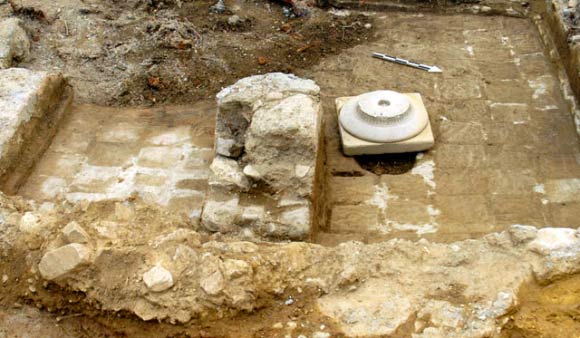
The remains of a Mycenaean palace. Image credit: Angelos Delivorias / Stavros Vlizos / Greek Ministry of Culture.
“The discovery provides new information on the beliefs and language systems of the Mycenaean people.”

